We’re one day away from Richmond Public Library’s first RIPPLECON. Set for Saturday, June 24th at RPL’s Main Branch (101 East Franklin St Richmond, VA), the convention is dedicated to all things fandom, with comic-book and fantasy artists, cosplayers, role playing games and video game tournaments.
What are the chances that Alan Moore, a man considered to be one of the greatest comic book writers of all time, will make an appearance at RIPPLECON 2023? Answer: 0. To be fair, Alan Moore won’t be visiting New York Comic Con 2023 either.

Alan Moore is, by all accounts, a strange man. But his contributions to the evolution of comics and graphic novel writing cannot be overstated. Moore’s stories aren’t about outrunning speeding trains or leaping tall buildings in a single bound. No kid ever read an Alan Moore comic, tied his mom’s tablecloth around his neck, and then tried to fly off of the roof. But, since 2005- hundreds of thousands of people around the world have taken to the streets wearing black mustached, chalk white grinning Guy Fawkes masks in solidarity, in protest, in revolt, and…..much to Moore’s delight- in theatrical “anarchy”. [5]
YOUR JOURNEY INTO THE WORKS OF WRITER ALAN MOORE BEGINS HERE:
Alan Moore was born in 1953 in The Boroughs, a working-class section of Northampton, England. He grew up in a small house with his parents, Ernest Moore and Sylvia Doreen, and his brother and grandmother. The Boroughs struggled economically after WW2 and had some of Northampton’s highest illiteracy rates. Moore says he loved growing up in the Boroughs and was largely unaware that his community lagged behind others until he passed his 11-plus exams and was sent to Northampton Grammar School. There, Moore mixed with middle-class kids for the first time and went from being a voracious reader at the top of his class in a Boroughs primary school, to being at the bottom of his class in secondary. Moore’s response to his academic failure was to reject formal education almost entirely. [1,3,6]
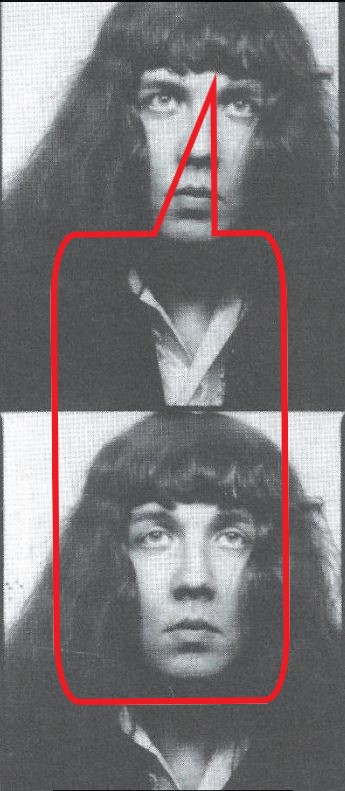
By the late 60’s, he was getting kicked out of art school for dealing LSD. Moore would proudly joke that Lady Diana Spenser was part of a long line of Northampton troublemakers, though Diana (born 8 years after Moore in 1961) grew up on a beautiful estate called Althorp House. After his expulsion, Moore continued living with his parents, worked odd jobs, and wrote for amateur, outsider comics and fanzines, usually for no money. He met Phyllis Dixon in 1973, married her in 1974 and they left his parents’ home to move into a new council estate (British public housing) nearby. Moore found an office job with a gas company, and was miserable. He quit his job in the late 1970’s to focus on his artistic career. Often under pennames, he created and published comic series with his friend Steve Moore. One of his first paid jobs in comics was for a music magazine named “Sounds”. The comic was about a private detective named Roscoe Moscow who was investigating the death of Rock N’ Roll. Moore received a modest 35 pounds weekly salary for this work. He and his wife Phyllis made up the difference by claiming unemployment benefits. [1,2, 6]
Moore worked for Sounds Magazine from 1980-1983. This money and the 10 pounds a week he earned writing comics like Maxwell the Magic Cat (under the penname Jill de Ray), led Moore (now a father) to stop collecting unemployment. He also stopped drawing his comics and novels, explaining that his skills as an illustrator weren’t enough to properly tell his stories.
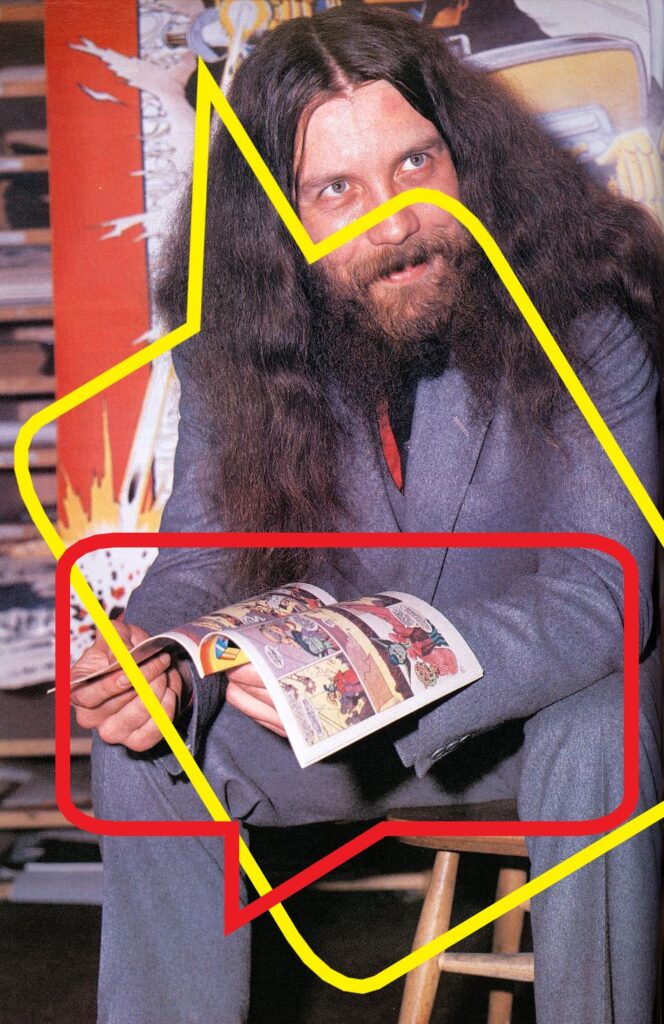
An unusual start for an unusual man! But by 1983, Alan Moore was writing for DC Comics- the first British comic writer to sign with a major American comic publisher. His success saving DC’s fading SWAMP THING comic series led to what would later be called The British Invasion of American comics. This invasion would include Glenn Fabry, Garth Ennis, and Neil Gaiman. [1,3,4]
Alan Moore revived several neglected DC Comics characters and introduced a British character named John Constanstine to the Louisiana bayous of SWAMP THING.
By the mid 1980’s, Alan Moore was racking up accolades. Moore won Kirby Awards three years in a row (1985- 1987) for his work on SWAMP THING and other comics.
“Best Comics Writer Ever” – National Comics Award 2001, 2002, 2003
A Bram Stoker Award in the category Best Illustrated Narrative for The League of Extraordinary Gentlemen in 2000. And another in 2012 for Neonomicon under the Best Graphic Novel category. [1,3,4]
In 2005, WATCHMEN became the only graphic novel to make the New York Time’s “100 Best Novels from 1923 to Present” list.

RPL has over fifty Alan Moore created or related titles. Click here.
Most are available in downloadable form with UNLIMITED checkouts- so you won’t have to wait for someone else to finish reading, before you can start. Moore’s graphic novels and comics are collaborations with some of the best illustrators and publishers in the world. Reading these titles on a computer monitor or tablet (the larger the better) is a feast for the eyes!
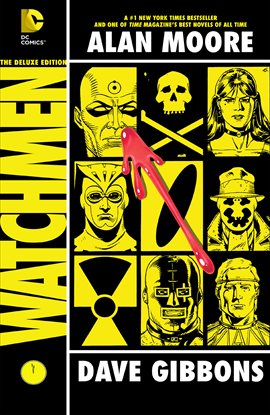
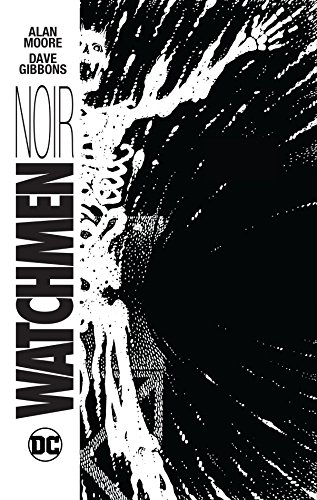
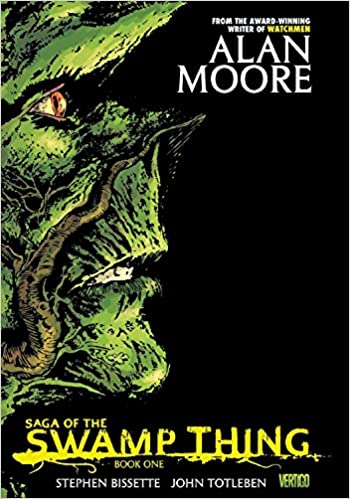
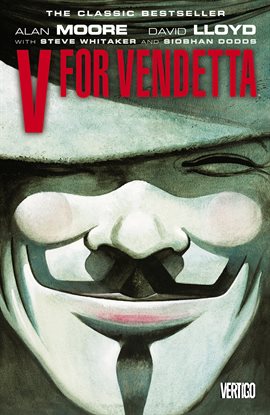
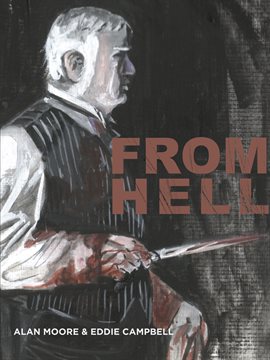
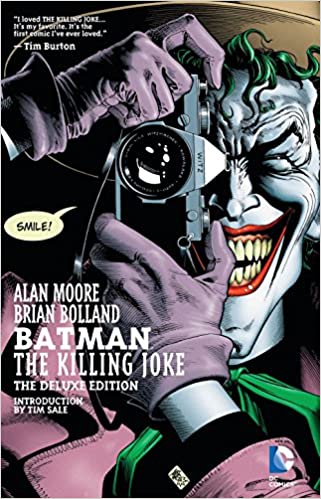
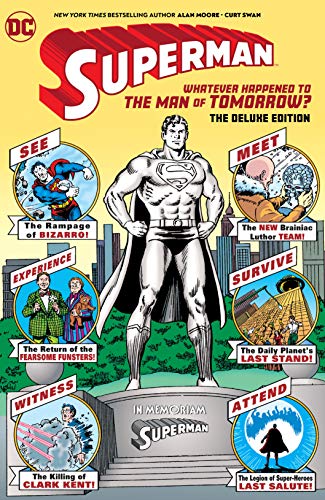
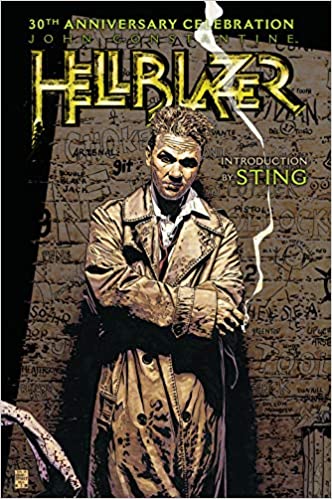
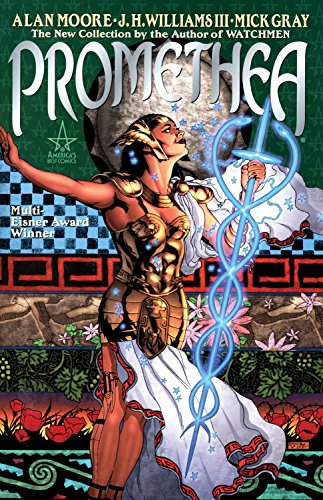
Footnotes:
- Wikipedia- “Alan Moore” ; https://en.wikipedia.org/wiki/Alan_Moore
- GQ magazine Oct. 18, 2022- The Return Of Comic Legend Alan Moore; https://www.gq.com/story/alan-moore-interview
- Los Angeles Public Library Oct 27, 2022- Interview With Author Alan Moore; https://www.lapl.org/collections-resources/blogs/lapl/interview-author-alan-moore
- Wookiepedia- “Alan Moore”; https://starwars.fandom.com/wiki/Alan_Moore
- Wired magazine online; https://www.wired.com/2009/12/alan-moore-dodgem-logic/
- Nothing But Comics (online) April 11, 2016 THE SECRET ORIGIN OF ALAN MOORE’S BEARD; https://nothingbutcomics.wordpress.com/2016/04/11/mooresbeard/

You must be logged in to post a comment.